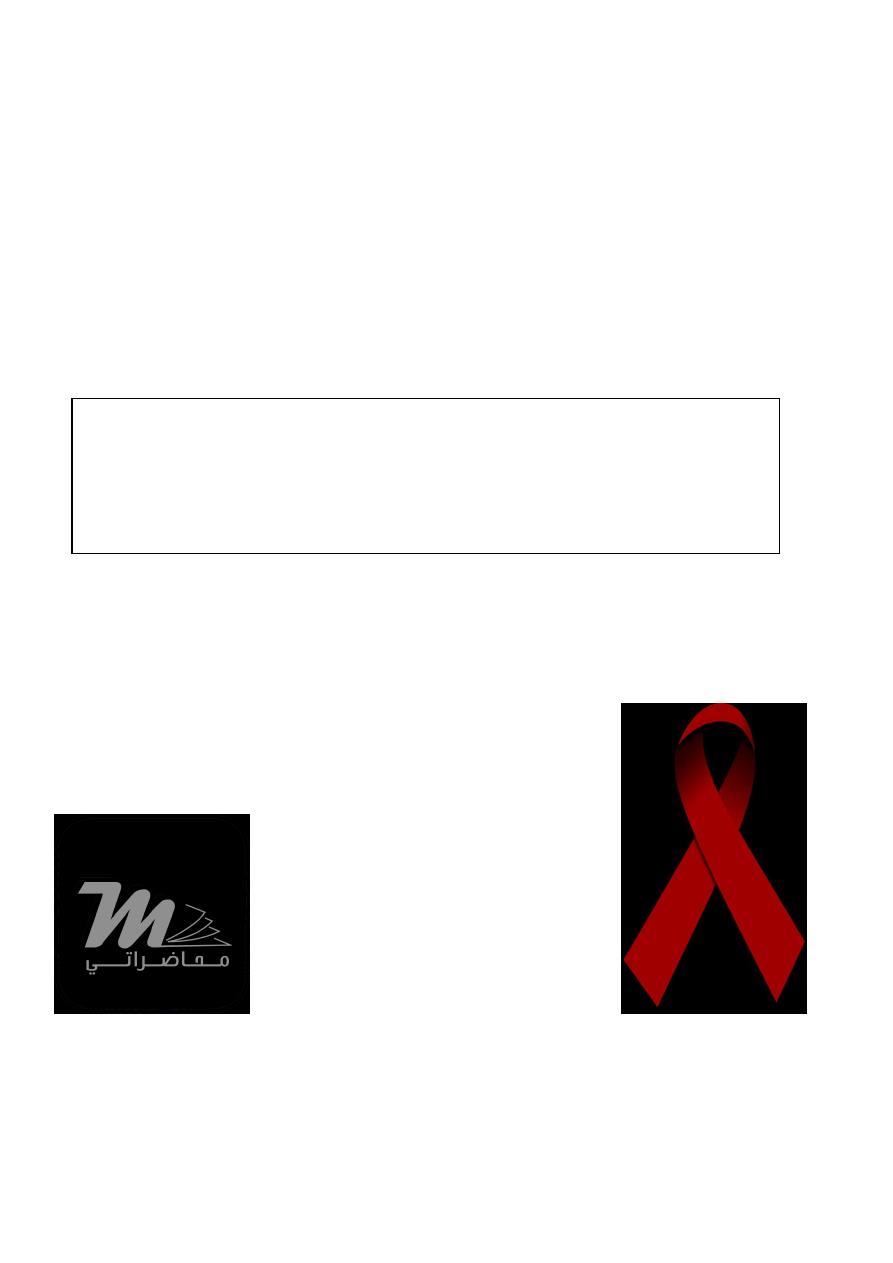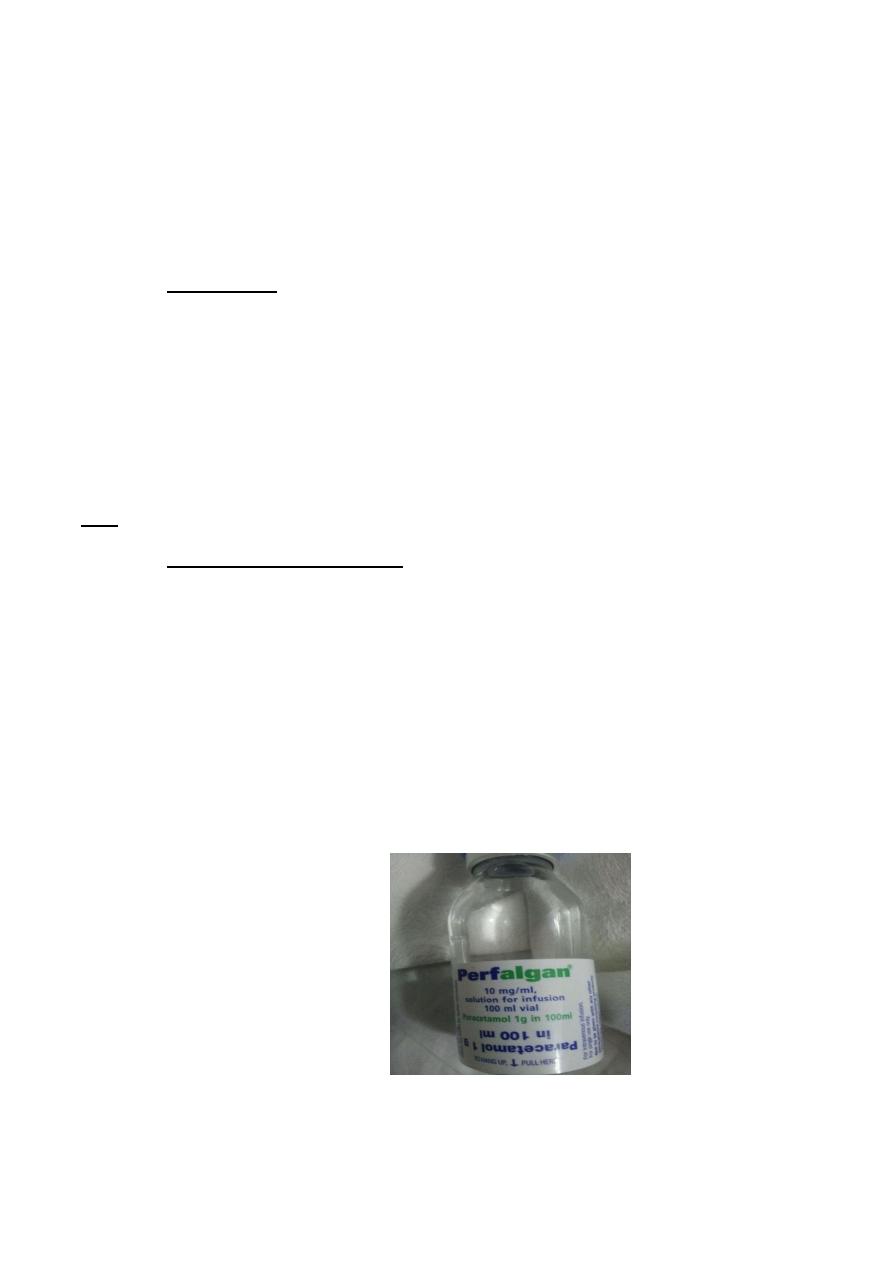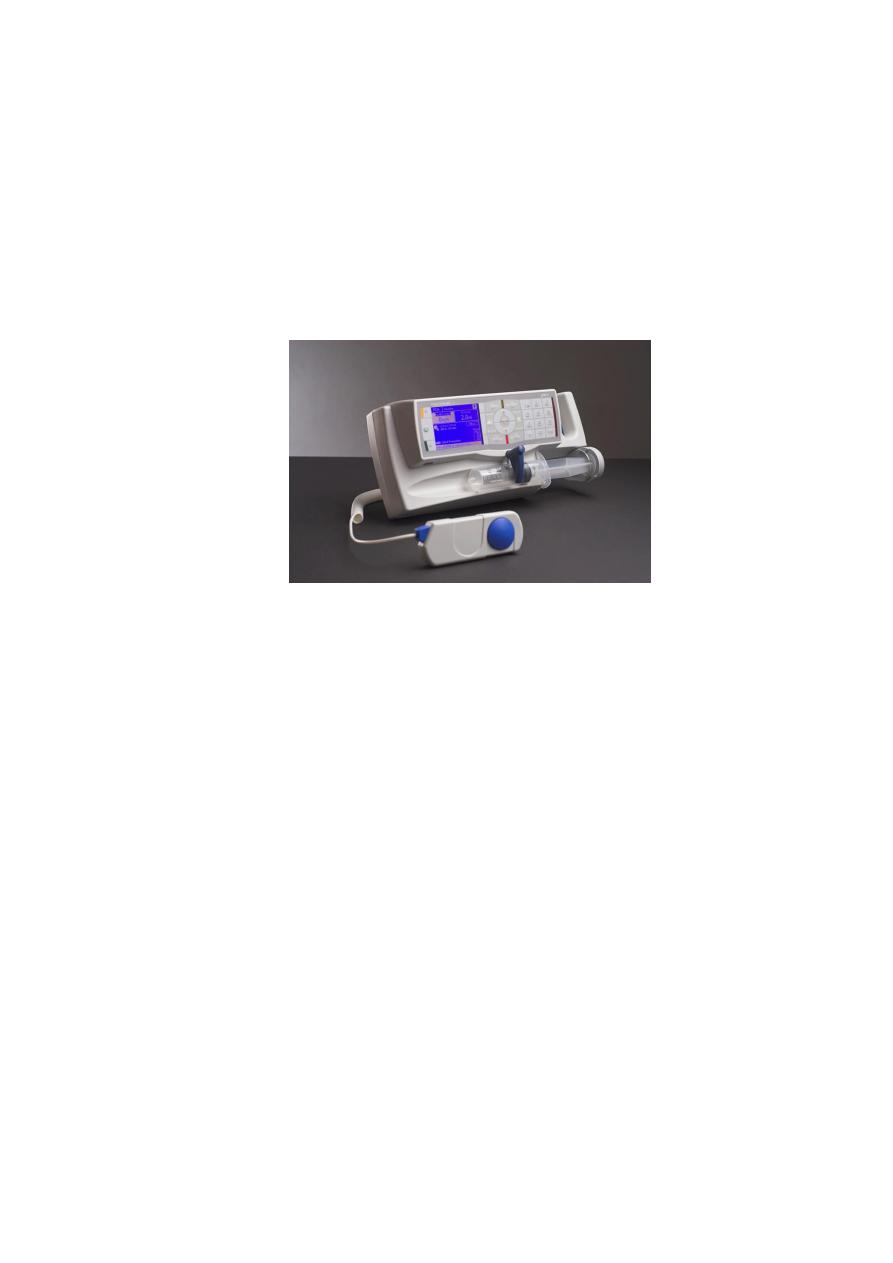
SURGERY
Anaesthesia
DR. SABAH
AFTER MID
Dr. Sabah
TOTAL LEC:4 LEC: 4
Postoperative
complication

Page
2
of 7

Page
3
of 7
Anaesthesia
د
.
صباح نوري السعد
M.B.Ch.B, D.A,
F.I.M.S, C.A.B.A & I.C
Continuation of Previous lecture...
P
OST
-O
PERATIVE
C
OMPLICATIONS
V. Central Nervous System:
1. Delayed Recovery
:
Causes:
Relative sensitivity to anaesthetic agents
Relative overdose of drugs as opioids
Rarely delayed recovery is a manifestation of more sinister event,
e.g. stroke, myocardial infarction.
May be the first sign of an endocrine disorder such as Diabetes
mellitus, thyroid under- or over-activity
Hypoxia
Shock state
2. Intra-Operative Awareness:
although occur during surgery, but
obviously present post-operatively.
3.
Convulsions:
Causes:
Lecture: 4

Page
4
of 7
Eclapmsia
Stroke
Metabolic causes such as hypoglycaemia, hyperpyrexia.
Management:
Follow the same principles as that for convulsion in any situation;
supportive treatment including airway maintenance.
Treat hypoglycaemia
Anticonvulsants (benzodiazepines)
4. Ocular Complication:
Especially in prone and lateral positions when the eyes are left opened
Diplopia may persist for up to two days when muscle relaxants have
been used.
5. Problems of Temperature Control:
A fall in core temperature of 1 ºC or so in almost unavoidable during
anaesthesia.
Neonates are a particular problem
Accidental hypothermia (if < 32 ºC) → cardiac arrest
Re-warming of hypothermic patient → increase oxygen consumption
(hypoxia) and increase cardiac output (stressing the ischemic or failing
heart).
VI. Minor post-operative complications (Aches, Pains and
Trauma):
Minor is a dismissive term since these problems may be very distressing to
the patient.
Sore Throat:
occurs after up to 50% of general anaesthetics, caused
by:

Page
5
of 7
Endo-Tracheal Tube (ETT)
Breathing dry gases
Usually resolves within 24 hours
Headache:
Occurs after 15-20% of general anaesthetics
Cause is unknown
Normally resolves within a few hours
Laryngeal Granuloma:
if hoarseness persists for longer than about a
week after anaesthetic involving endotracheal tube (ETT).
Trauma to Teeth:
rarely occurs if endotracheal intubation and airway
maintenance are performed properly.
اقرو زين والتصفنون
A
CUTE
P
AIN
M
ANAGENET
Labour pain:
Features of this pain:
It gets worse not better with time
Non-pathological
Associated with happy outcome
Its relief must not result in compromise to the baby
Ideal pain relief must be very potent, very safe, and does not have any
depressant effect upon central nervous system.
Technique: Epidural block vial catheter (bolus and top up dosing)
Drug of choice: Bupivacaine 0.125% or 0.25%

Page
6
of 7
Acute Post-Operative Pain:
The most common pain met by the anaesthetist and best dealt by preventing
it happening in the first place (pre-emptive analgesia).
Mild Pain:
may be relieved by :
1. Oral: Paracetamol + Codeine (500mg+30mg/1000mg+60mg) 4
times per day
2. Non-steroidal Anti-inflammatory drugs (NSAIDs):
o Diclofenac : intramuscular, slow intravenous infusion, suppositories
o Ketorolac: Intravenous, intramuscular
N.B: Both groups of drugs can be used together if one group proved not effective.
Moderate-Severe Pain:
Opioids are the main stay of treatment
o Morphine intramuscularly every 3-4 hours
OR
o Pethidine intramuscularly every 3-4 hours
OR
o Intermittent boluses of morphine 1-2mg/5 minutes
o Paracetamol (Perfalgan®) vial 1g can be used (as intravenous
infusion) with each of the above regimens to enhance the effect.
o Patient-Controlled Analgesia: achieved by filling a syringe with a
large amount of morphine and connecting it to an intravenous

Page
7
of 7
cannula. The patient is given a button which when pressed →
delivers a fixed small dose of morphine. The machine lock-out for
a short time (5 minutes) to give the dose a chance to achieve its
effect. The patient then may take another dose.
Typically: 1mg morphine each 5 minutes, usual maximum dose
12mg/h
Thank you
Done by :Hussein Sadun Al-Nuaimy
